Have you ever watched a cat recover from a fright and wondered what signals they give to show they’re okay? Cats, with their intriguing behavior and mysterious ways, have a unique language all their own. Understanding this language can be both fascinating and rewarding. After a scare, cats have distinct ways of saying, “I’m okay now.” Let’s explore these subtle yet telling signs that your feline friend is back to their usual self.
Resuming Grooming Habits
One of the most telling signs that a cat is feeling okay after a scare is when they return to their grooming rituals. Cats are meticulous creatures, and grooming is not only about cleanliness but also comfort. When a cat starts licking its fur again, it’s a clear indication that they are relaxed. Grooming is akin to a human taking a deep breath after a stressful moment. It’s their way of saying, “I’m back to normal.” If you see your cat licking their paws or face, you can be assured they are shaking off the tension.
Returning to Their Favorite Spot
Cats are creatures of habit, and they often have favorite spots where they feel safe and secure. After a scare, if your cat returns to their cherished place, whether it’s a sunny windowsill or a cozy corner, it’s a sign that they are feeling comfortable again. This behavior is similar to humans retreating to a favorite chair after a long day. It’s their sanctuary, and returning there signals that the world feels right again.
Engaging in Play
When a cat feels safe and content, they often express it through play. If your cat starts batting at toys or chasing imaginary prey, it’s a clear sign they’ve moved past their fright. Play is a natural stress reliever for cats, much like laughter for humans. It’s their way of expressing joy and relaxation. Engaging in playful antics means they’ve let go of their earlier tension and are ready to enjoy life again.
Seeking Affection
A cat that seeks out affection after a scare is telling you they trust you and feel secure. When your feline friend curls up next to you or nudges your hand for a pet, it’s a heartwarming sign of their recovery. This behavior is similar to a child seeking comfort from a parent after a bad dream. It’s a beautiful way for cats to communicate their emotional wellbeing and reliance on their human companions.
Displaying a Relaxed Posture
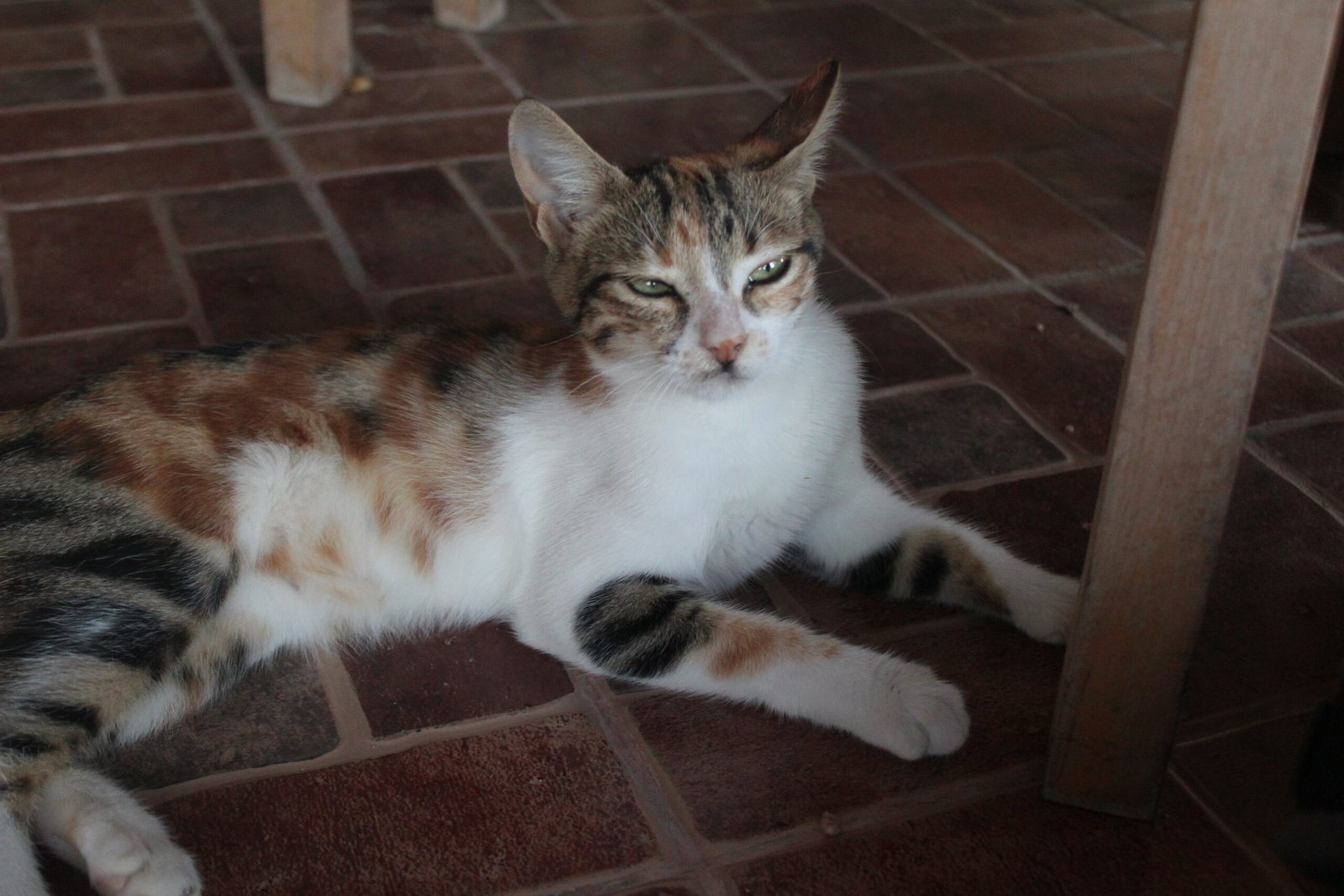
Body language is a powerful communicator in the animal kingdom, and cats are no exception. A relaxed cat will have a soft, loose body with no signs of tension. If your cat stretches out, lies on their side, or curls up contentedly, it’s a strong indication they feel safe and secure again. This relaxed posture is akin to a person lounging comfortably on a couch, signaling peace and tranquility.
Resuming Normal Eating Habits
A cat’s appetite can be a clear indicator of their emotional state. If your cat returns to eating normally after a scare, it’s a positive sign they’re feeling okay. Stress and fear can cause a cat to lose interest in food, so a return to their usual eating habits is reassuring. It’s much like a person regaining their appetite after recovering from a stressful event. Eating is a daily routine for cats, and resuming it means they’re feeling back to normal.
Exploring Their Environment
Curiosity is a natural trait of cats, and when they begin exploring their surroundings again, it’s a sign they’ve overcome their fear. A cat that sniffs around and investigates their territory is showing confidence. This behavior is comparable to a person taking a stroll after feeling cooped up. Exploration signals that they feel safe enough to engage with the world around them again.
Using the Litter Box Normally
A return to normal litter box habits is another reassuring sign that a cat is feeling okay. Stress can disrupt their bathroom routine, so when they start using the litter box regularly, it’s a positive indicator. This behavior is similar to humans feeling relief when their daily routines are back on track. Consistency in this area shows a return to their usual calm state.
Vocalizing Comfortably

Cats communicate a lot through vocalization, and a cat that meows or purrs normally after a scare is expressing contentment. Their vocal sounds can range from soft purrs to gentle meows, each conveying a sense of wellbeing. It’s like a person humming a tune when they’re in a good mood. Vocalizing is a way for cats to express their comfort and happiness.
Interacting with Other Pets
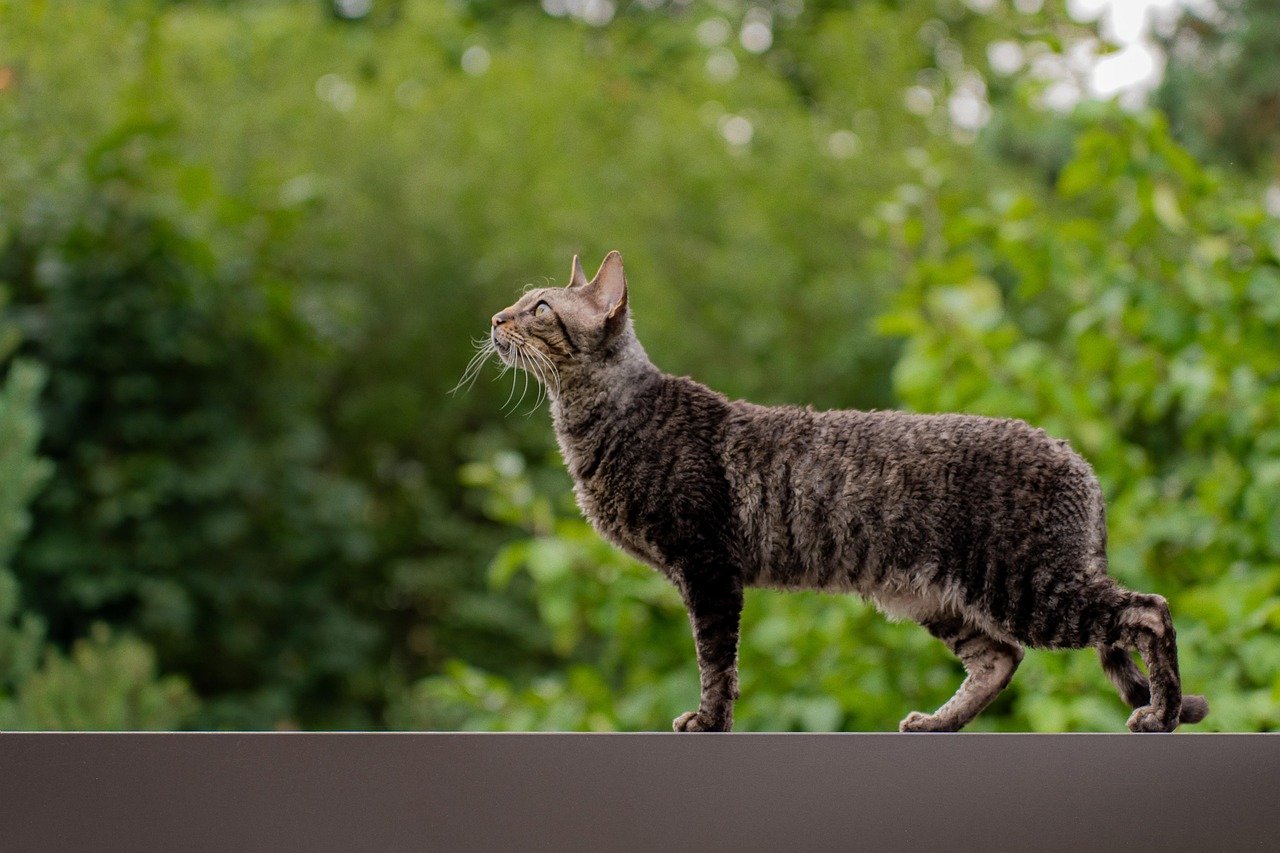
If a cat lives with other animals, their interactions can reveal a lot about their emotional state. When a cat resumes playing or cuddling with other pets, it’s a strong sign they’re feeling okay. This behavior is similar to a person rejoining social activities after feeling down. Engaging with fellow pets shows they’re comfortable and at ease.
Displaying a Calm Tail
A cat’s tail can be a clear indicator of their mood. A calm, gently swaying tail means they’re relaxed and content. If your cat’s tail is upright with a slight curve at the top, it’s a positive sign of their emotional state. This is akin to a person smiling softly, showing they’re at peace. A calm tail tells you they’ve moved past their scare.
Engaging in Stretching
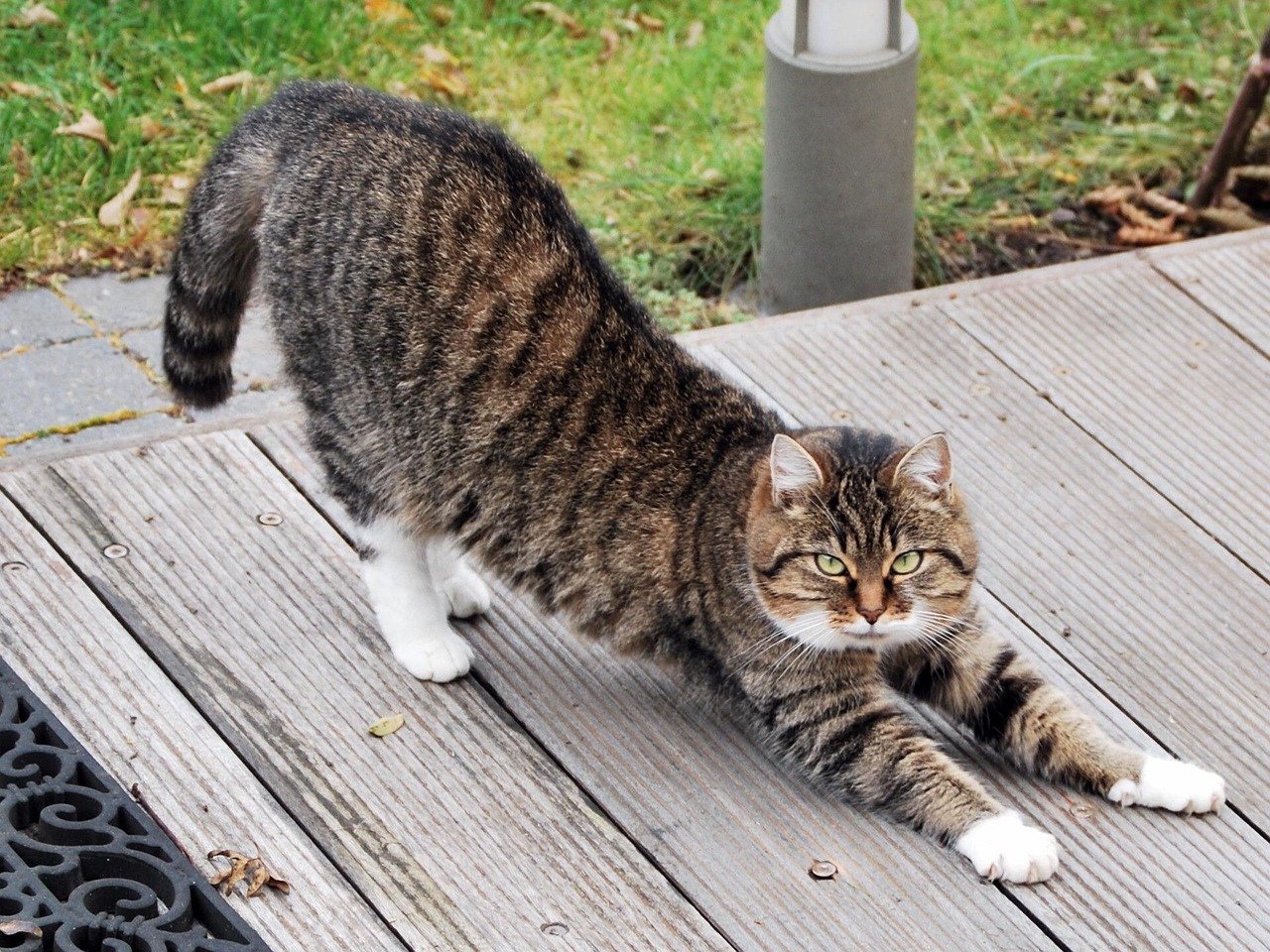
Cats love to stretch, and when they do, it’s a sign of relaxation and comfort. If your cat stretches out their body or arches their back after a scare, it’s their way of shaking off tension. Stretching is much like a human doing yoga or stretching out after a long day. It’s a physical expression of relief and contentment.
Observing the World from a Safe Distance
Sometimes, a cat will sit quietly and observe their surroundings after a scare. This behavior indicates they’re assessing the situation and feeling secure enough to watch without fear. It’s similar to a person watching the world go by from a favorite bench. Observing from a safe distance shows they’re comfortable and confident again.
Returning to Their Normal Routine
Cats thrive on routine, and when they return to their normal daily activities, it’s a strong sign they’re okay. Whether it’s their feeding schedule or playtime, a return to routine is reassuring. This behavior is akin to a person getting back to their daily schedule after a disruption. Routine provides comfort and stability for cats.
Using Their Scratching Post
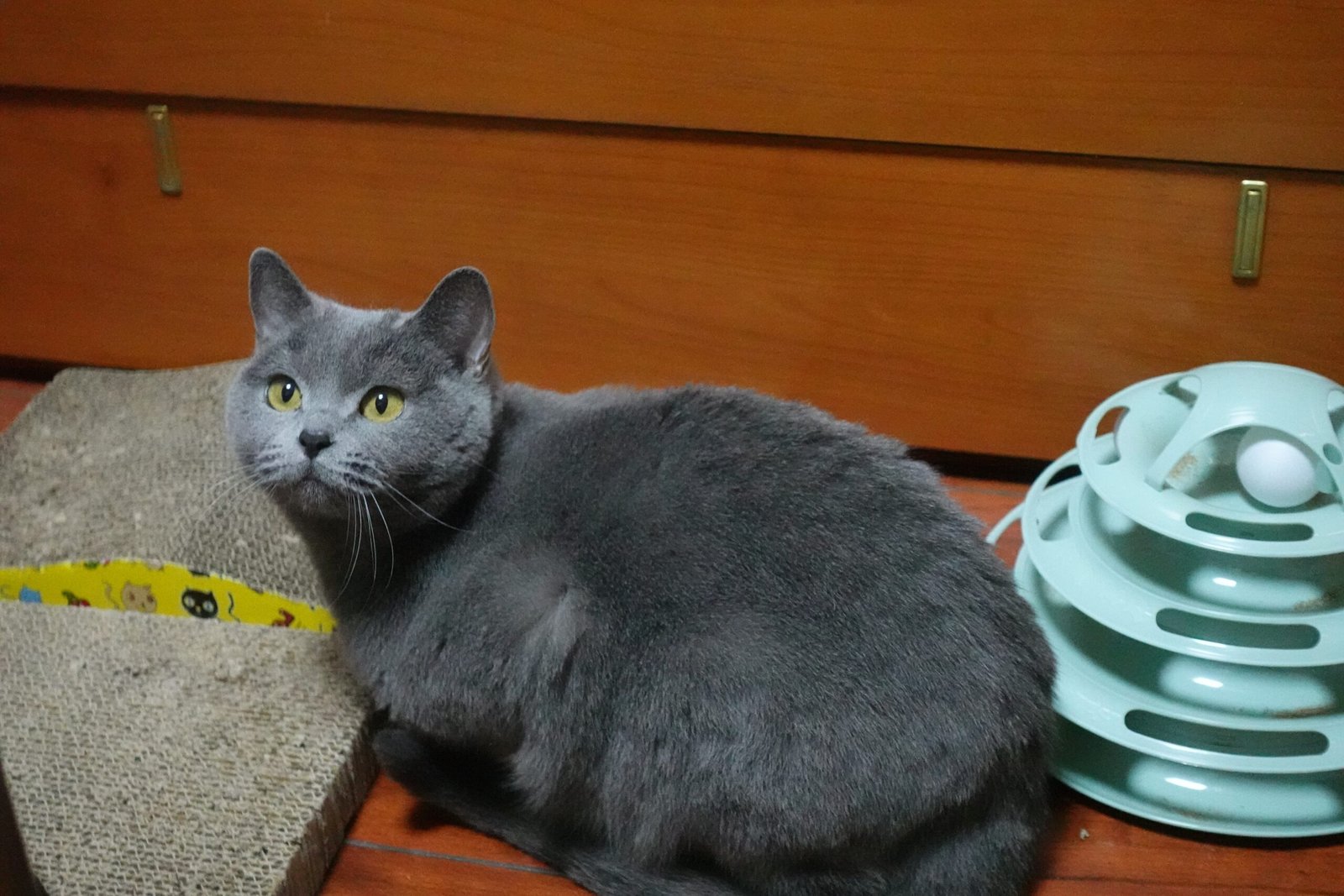
When a cat uses their scratching post, it’s a sign they’re feeling confident and secure. Scratching is a natural behavior for cats, and returning to it after a scare shows they’re back to normal. It’s similar to a person engaging in a favorite hobby after feeling stressed. Scratching is both a physical and emotional release for cats.
Displaying a Soft, Relaxed Face
A cat’s facial expression can reveal a lot about their mood. A soft, relaxed face with half-closed eyes indicates they’re feeling at ease. If their whiskers are relaxed and their ears are in a neutral position, it’s a positive sign. This expression is akin to a person having a serene smile, showing they’re content.
Snuggling into Blankets or Soft Items
When a cat burrows into blankets or soft items, it’s a sign of comfort and security. This behavior is similar to a person wrapping themselves in a cozy blanket after a long day. Snuggling into softness shows they’re feeling safe and relaxed. It’s a comforting ritual that indicates they’ve moved past their scare.
Watching Birds or Outside Activity
Cats love to watch the world go by, and when they focus on birds or outside activity, it’s a sign they’re feeling okay. This behavior shows they’re interested and engaged with their surroundings. It’s like a person enjoying people-watching from a café. Observing the outside world signals curiosity and contentment.
Displaying a Gentle Purr
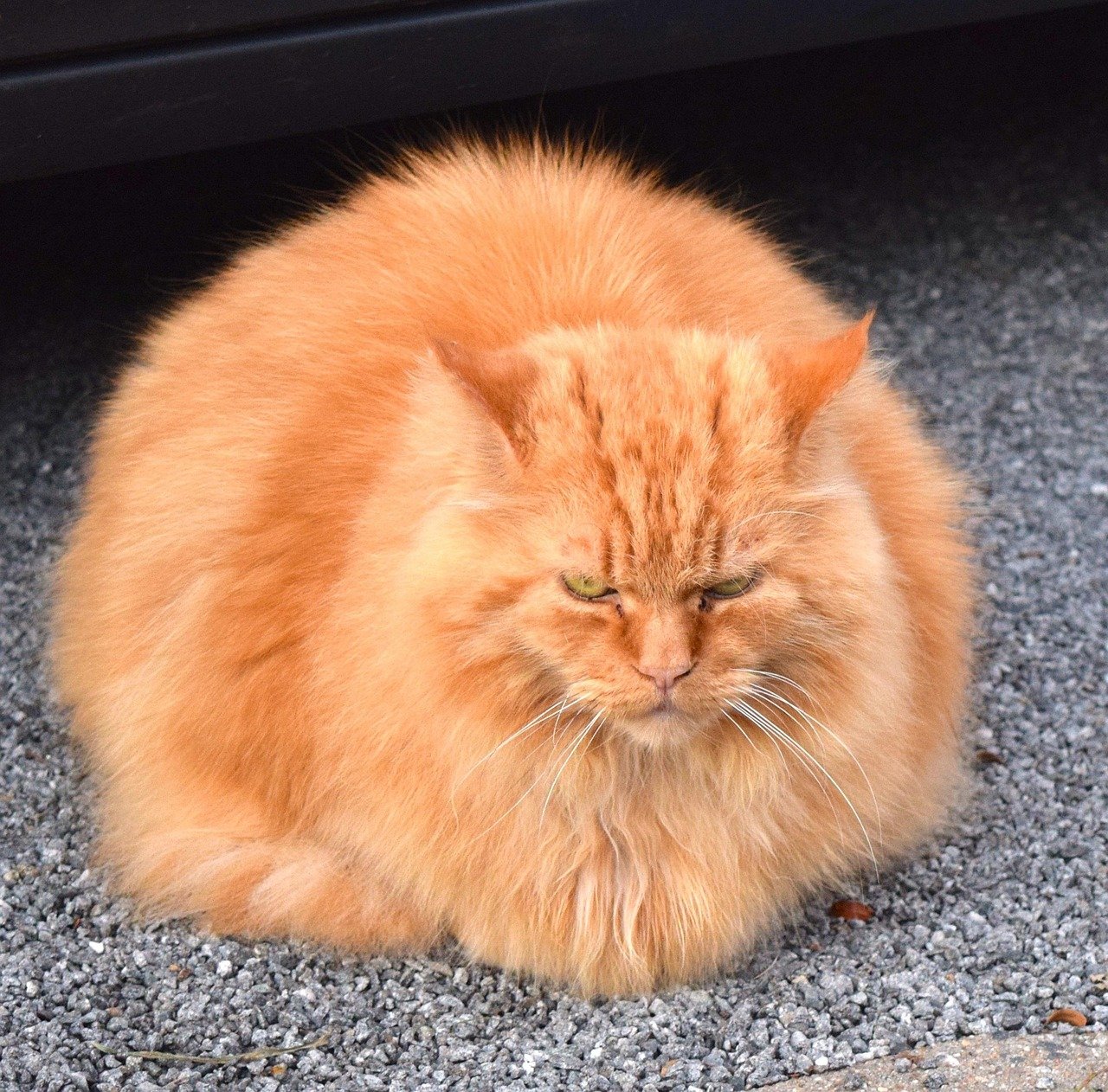
A cat’s purr is one of the most comforting sounds, and when they purr gently after a scare, it’s a sign of contentment. Purring is a self-soothing mechanism and a way to express happiness. It’s akin to a person sighing with relief. A gentle purr tells you they’re feeling safe and happy.
Sleeping Peacefully
Finally, a cat that sleeps peacefully after a scare is a strong indicator they’re feeling okay. Deep, restful sleep shows they’re relaxed and comfortable. It’s similar to a person getting a good night’s rest after a stressful day. Sleeping peacefully is a reassuring sign that your cat has moved past their fright.
Understanding these signals can deepen your bond with your feline friend and help you ensure their wellbeing. Cats have a unique way of communicating, and recognizing these signs can bring peace of mind to cat owners. So, the next time your cat experiences a scare, look for these indicators that they’re back to their usual, happy self. Isn’t it fascinating how much our furry companions can tell us without saying a word?
Hi, I’m Bola, a passionate writer and creative strategist with a knack for crafting compelling content that educates, inspires, and connects. Over the years, I’ve honed my skills across various writing fields, including content creation, copywriting, online course development, and video scriptwriting.
When I’m not at my desk, you’ll find me exploring new ideas, reading books, or brainstorming creative ways to solve challenges. I believe that words have the power to transform, and I’m here to help you leverage that power for success.
Thanks for stopping by, Keep coming to this website to checkout new articles form me. You’d always love it!






